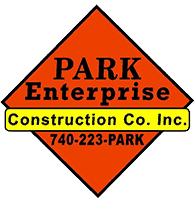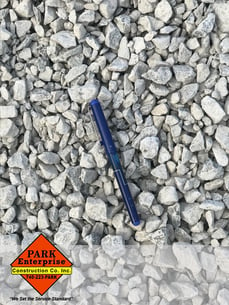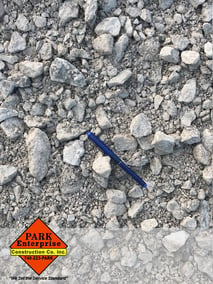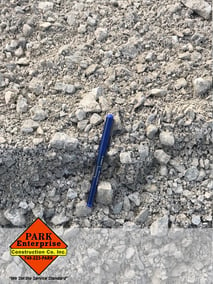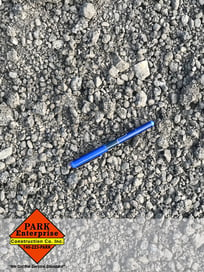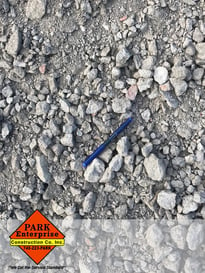Whether you’re trying to lay a strong base or to stop erosion, construction aggregate is an essential tool.
Decay often begins deep down where you can’t see it. The right construction aggregate grade will help prevent erosion and provide a stronger base for your entire project.
Construction aggregates are identified by number, and defined by their coarseness. The Ohio Department of Transportation provides standards for labeling each stone grade.
The best choice for you depends on your project and application. Here are the most common types and which projects they're used for.
Which Construction Aggregate Grade Is Best for Me?
Review the options below based on your major project goal:
- Flat, smooth base
- Stability
- Durability
- Sustainability
1. I want a flat, smooth base.
Grade #57
Size: 1.5”-1.0”
Consistency: Clean
Purpose: A common bed for underground pipe utilities. It’s easy to rake and adjust by hand, and perfect for protection and support. It’s also used as a top layer to spruce up an all-stone parking lot, or as a flat, sturdy base for laying concrete.
Grade #304
Size: 1.5” stone-fine grains
Consistency: Stone and dust
Purpose: You can’t have a sturdy driving surface without proper support beneath. Its dusty nature makes it ideal for compaction and laying a strong foundation. An experienced contractor digging a utility trench through a driving surface will first lay #57 around the pipe and then a
layer of #304 aggregate to support the new pavement above. #304 is also the most popular product used in road and parking lot base construction.
Grade #411
Size: 1.0” stone-fine grains
Consistency: Stone and dust
Purpose: This looks a lot like #304. But, a shade smaller, this grade of stone is even easier to maneuver. Your contractor can use it for fine grade or to fill or to build a berm beside an asphalt or concrete surface.
Grade #8
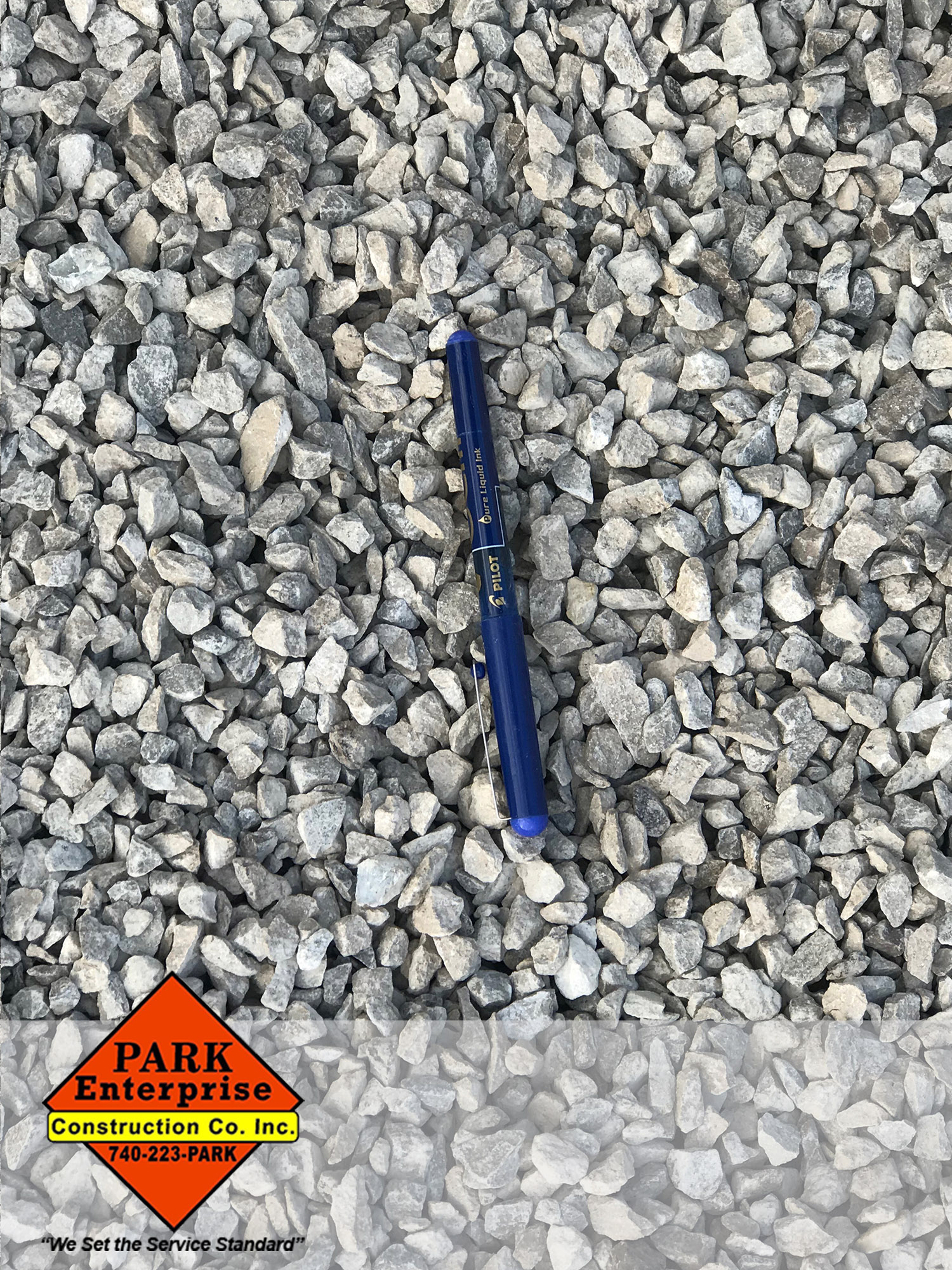
Size: .375” and less
Consistency: Clean
Purpose: Used to fine grade under a concrete surface and also in the production of concrete and asphalt. It’s a great top dressing for stone driveways.
2. I want some extra stability.
The ground beneath a commercial asphalt parking lot, for instance, must support both the driving surface and the vehicles using it. Your contractor will test your foundation's stability by driving a fully loaded dump truck over it. Weak areas will allow depressions or begin pumping up mud from beneath.
In those weak areas, your contractor will dig down a few feet and install these larger stones as an anchor.
Grade #1
Size: 3.5”-1.5”
Consistency: Clean
Purpose: Base and bridging soft areas.
Grade #2
Size: 2.5”-1.5”
Consistency: Clean
Purpose: Base and bridging soft areas. Some municipalities will mandate bases of #1s and #2s when installing streets and roads.
Grade #4
Size: 1.5”-.75”
Consistency: Clean
Purpose: Base and sometimes a filter in leech beds.
3. I want a more durable base.
Water erosion can be a devastating force. You’ll see these stone grades at bridge abutments and culverts, as well as along the shorelines of waterways.
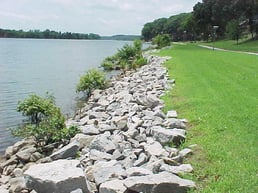
Grade A Rip Rap
Size: 24”-18”
Consistency: Clean
Purpose: To stop water washout or prevent it.
Grade B Rip Rap
Size: 18”-12”
Consistency: Clean
Purpose: To stop water washout or prevent it.
Grade C Rip Rap
Size: 12”-6”
Consistency: Clean
Purpose: To stop water washout or prevent it.
Grade D Rip Rap
Size: 6”-3”
Consistency: Clean
Purpose: To stop water washout or prevent it.
4. I want a more sustainable option.
While excavated rock formations are among the most abundant natural resources on the planet, recycling old road material is an even more economical and sustainable option.
Using this product also prevents old concrete and asphalt from being dumped in unwanted areas or sitting in landfills.
Crushed Asphalt
Size: 1.0”-fine grains
Consistency: Clean
Purpose: An attractive top dressing for stone parking lots and driveways. It’s an excellent dust suppressant, and can also be to make new asphalt pavement.
Crushed Concrete
Size: 1.5”-fine grains
Consistency: Stone and dust
Purpose: A cheaper alternative to #304, it achieves great compaction to form a solid foundation. It’s widely used where limestone is not available.
Construction Aggregate Stone Grades & Their Best Uses
Need help deciding which grade is right for your project? We're happy to help!
